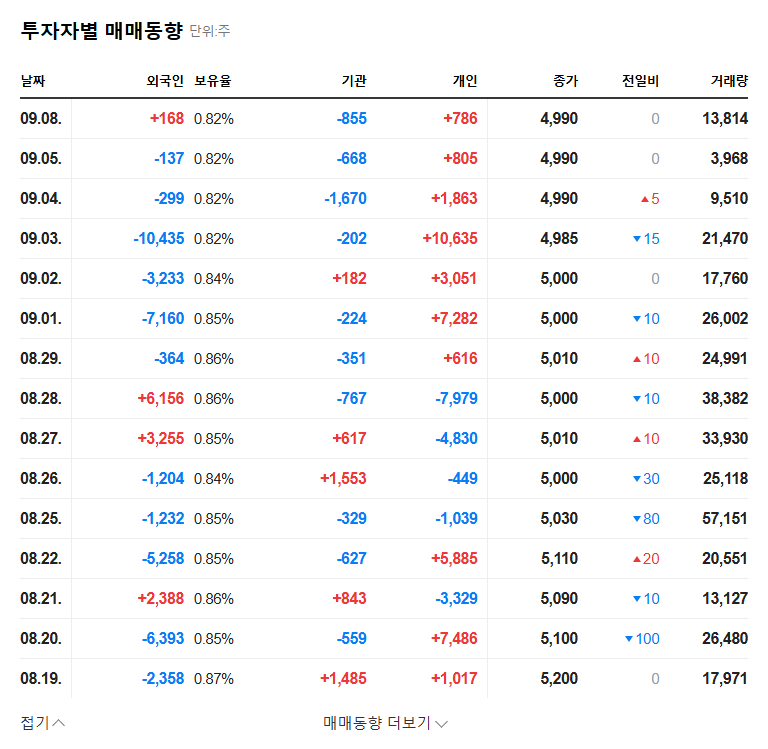
CR Holdings Divests Daehan Ceramics Stake: What Happened?
CR Holdings has decided to divest its entire stake (KRW 25.4 billion, 10.5% of capital) in its subsidiary, Daehan Ceramics, by October 30, 2025, to comply with holding company regulations. This move completely severs CR Holdings’ equity relationship with Daehan Ceramics.
Why is this Divestment Important?
This decision signals more than just an asset sale. It represents a significant shift in CR Holdings’ business portfolio and future strategy. By complying with holding company regulations, they enhance management transparency and potentially use the acquired funds for new growth opportunities. However, there are factors to consider, such as increased dependence on key subsidiaries’ performance and the potential loss of dividend income.
So, What Should Investors Do?
- Positive Aspects:
- Improved management transparency due to compliance with holding company regulations
- Improved financial structure and increased investment capacity through the disposal of non-core assets
- Potential for increased management efficiency through business portfolio restructuring
- Negative Aspects:
- Increased dependence on key subsidiaries’ performance, leading to greater profit volatility
- Potential decrease in dividend income from Daehan Ceramics
- Foreign exchange and interest rate fluctuation risks
- Continued macroeconomic uncertainty
Investors should focus on CR Holdings’ mid- to long-term growth strategy and fund utilization plan rather than short-term stock price fluctuations. If the proceeds are effectively used to secure new growth engines, corporate value can be expected to increase. However, if not, growth potential may be limited.
Investor Action Plan
Instead of expecting short-term stock surges, it’s crucial to analyze CR Holdings’ mid- to long-term growth potential and make investment decisions accordingly. In particular, the following factors should be continuously monitored:
- Specific utilization plans for the acquired funds
- Performance and growth strategies of key subsidiaries
- Changes in the macroeconomic environment
FAQ
How will the divestment of Daehan Ceramics affect CR Holdings’ stock price?
Short-term stock price volatility is possible, but the long-term impact will depend on how the proceeds from the sale are utilized.
What is CR Holdings’ future investment strategy?
While nothing has been officially announced, it is highly likely that the funds secured through this divestment will be used to explore new growth engines and strengthen the competitiveness of core businesses.
Should I invest in CR Holdings?
The investment decision depends on individual judgment, but you should consider CR Holdings’ mid- to long-term growth strategy, financial soundness, and the performance of its key subsidiaries.


Leave a Reply